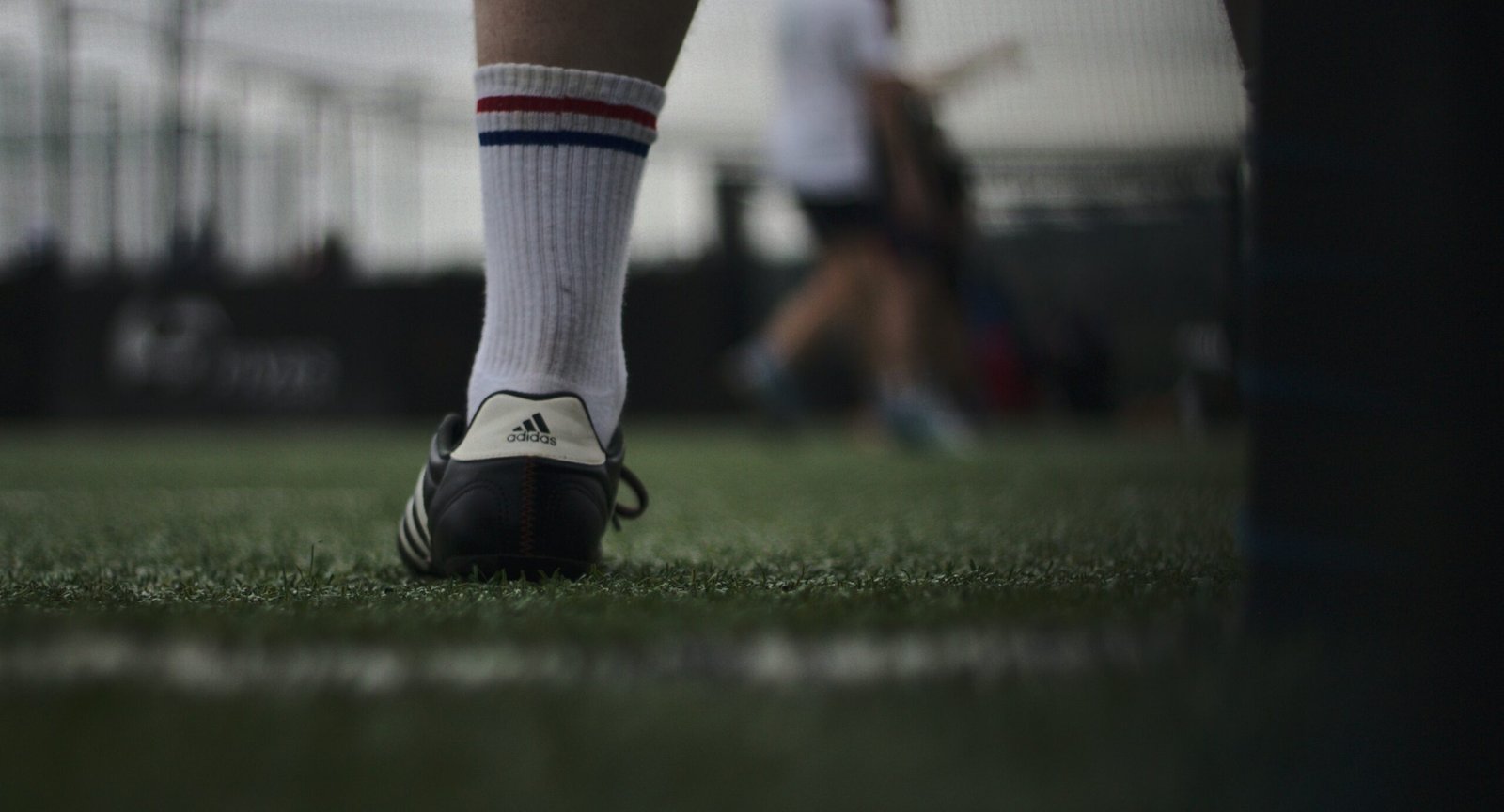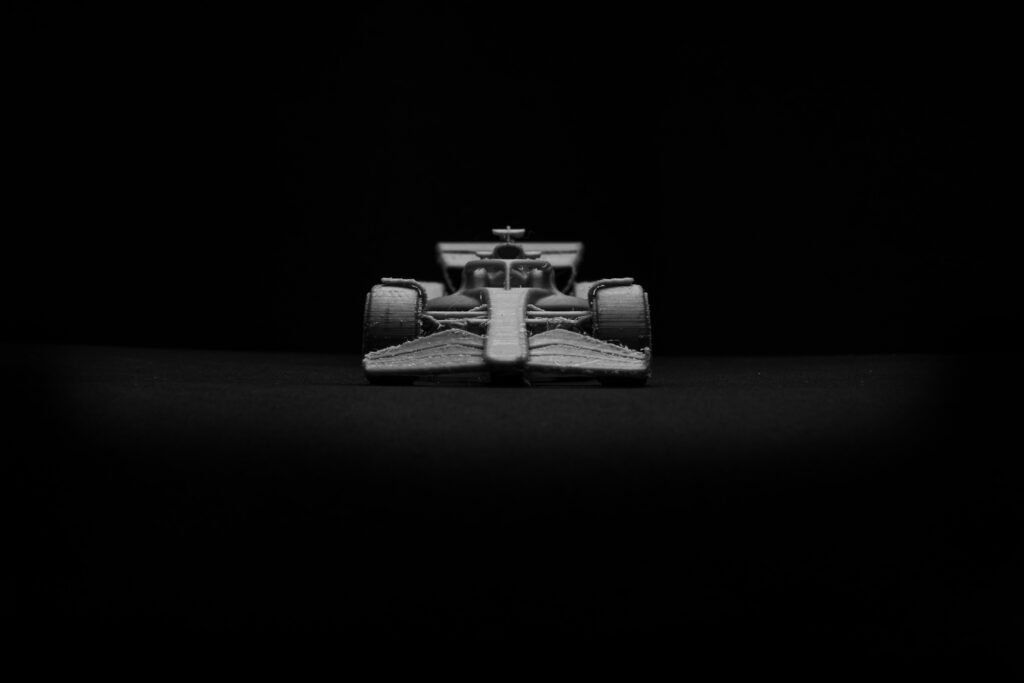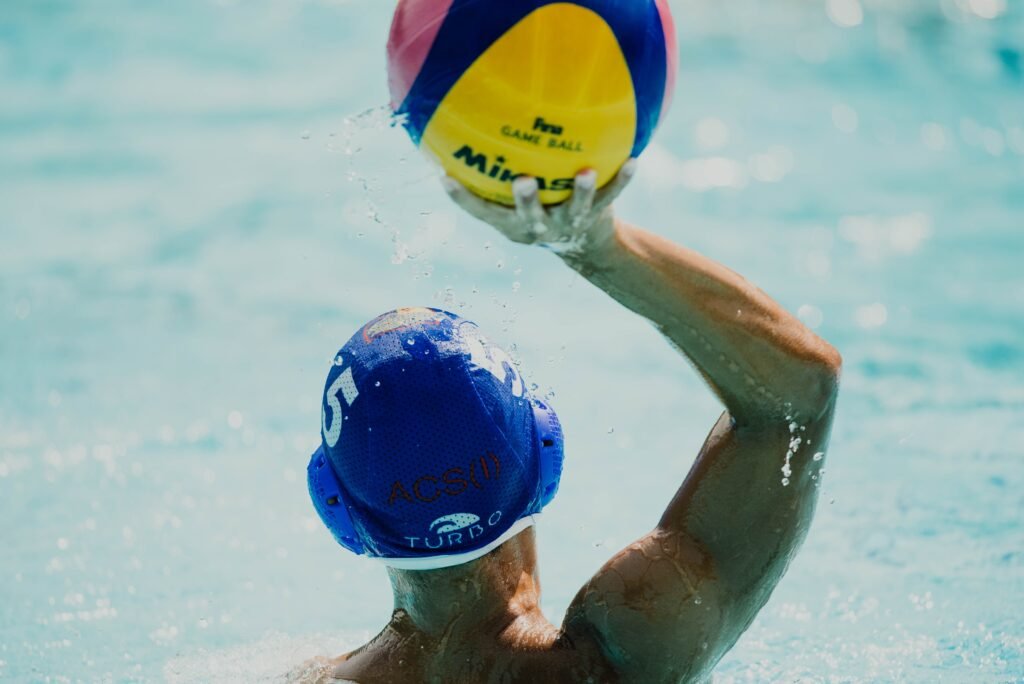- Why is the Material of Soccer Shoes Important?
- How Crucial is the Fit of the Shoe?
- What Role Do Studs Play in Soccer Shoes?
- Why is the Weight of the Shoe Significant?
- How Does the Design of the Upper Influence Ball Control?
- Is Ankle Support Necessary in Soccer Shoes?
- Why Do Aesthetics Matter in Soccer Shoes?
- How Long Should Good Soccer Shoes Last?
- Are There Soccer Shoes Designed for Specific Positions?
- Conclusion
Why is the Material of Soccer Shoes Important?
The material of a soccer shoes directly impacts its comfort, durability, and performance on the field. Traditional leather, especially kangaroo leather, is prized for its softness and adaptability, moulding to the player’s foot over time. On the other hand, while not always as adaptable as leather, modern synthetic materials can offer benefits like water resistance, consistent texture, and sometimes even a lighter weight. The choice between leather and synthetic often comes down to a player’s personal preference and the specific demands of their playing environment.
How Crucial is the Fit of the Shoe?
The fit of a soccer shoe is paramount. A well-fitting shoe should be snug, leaving little to no room for the foot to move inside. This ensures optimal ball control and minimizes the risk of injuries like blisters. However, it’s a delicate balance. A shoe that’s too tight can cause discomfort, while one that’s too loose can impede performance. Players should always try on multiple sizes and styles to find the perfect fit, considering that fit can vary between brands.
What Role Do Studs Play in Soccer Shoes?
Studs, or cleats, are the protrusions on the bottom of soccer shoes that provide traction on the field. Their design varies based on the type of ground they’re intended for. Firm Ground (FG) studs are best suited for natural grass fields, offering grip and stability. Soft Ground (SG) studs are longer and often replaceable, designed for wet and muddy fields. Artificial Ground (AG) studs are specifically crafted for artificial turfs. Choosing the right stud configuration is crucial as it affects a player’s stability, traction, and risk of injury.
Why is the Weight of the Shoe Significant?
The weight of a soccer shoe can greatly influence a player’s agility and endurance on the field. Modern advancements have led to the production of lightweight shoes that don’t compromise on durability or performance. A lighter shoe allows for quicker foot movements, which are essential for dodging opponents and making swift plays. But why is this important? Simply put, in a game where every second counts, a shoe’s weight can be the difference between scoring a goal and missing an opportunity.
How Does the Design of the Upper Influence Ball Control?
The shoe’s upper part, which covers the top of the foot, plays a pivotal role in a player’s touch and control of the ball. Some uppers are textured or have padded areas to enhance grip on the ball, which is crucial for precise passing and powerful shooting. So, what should players look for? Ideally, an upper that feels responsive allowing them to feel the ball while offering protection.
Is Ankle Support Necessary in Soccer Shoes?
Ankle support in soccer shoes is a topic of debate. While most soccer shoes are low-cut, designed to be lightweight and maximize foot mobility, there are mid or high-cut options that offer increased ankle support. These can be especially beneficial for players who have suffered ankle injuries in the past. The question then arises: at what cost does this support come? While added support can be beneficial, it might also add weight or reduce agility, so players must weigh their specific needs.
Why Do Aesthetics Matter in Soccer Shoes?
While performance is the primary concern, the design and aesthetic of a soccer shoe hold psychological importance. A shoe that resonates with a player’s personal style can boost their confidence on the field. In a sport where mental strength is as crucial as physical prowess, feeling good in one’s shoes can provide an edge.
How Long Should Good Soccer Shoes Last?
Durability is a key factor when investing in soccer shoes. High-quality shoes should withstand the rigours of the game for an entire season or even longer, depending on usage frequency. This leads to the question: What defines durability? It’s not just about the shoe lasting long but also maintaining optimal performance throughout its lifespan.
Are There Soccer Shoes Designed for Specific Positions?
Yes, some brands design shoes with specific player positions in mind. For instance, forwards or strikers might prefer shoes with a cleaner striking surface for better shots on goal. In contrast, midfielders, often the playmakers, might opt for shoes that enhance overall control. This specialization underscores the importance of choosing shoes that align with a player’s role on the field.
Conclusion
The world of soccer shoes is vast and intricate. From material to design, numerous factors play a role in determining the perfect shoe. By understanding these nuances, players can make informed decisions, ensuring they’re equipped with the best tool for their trade: their soccer shoes.
If you want to read more about equipment, check out our blog.




